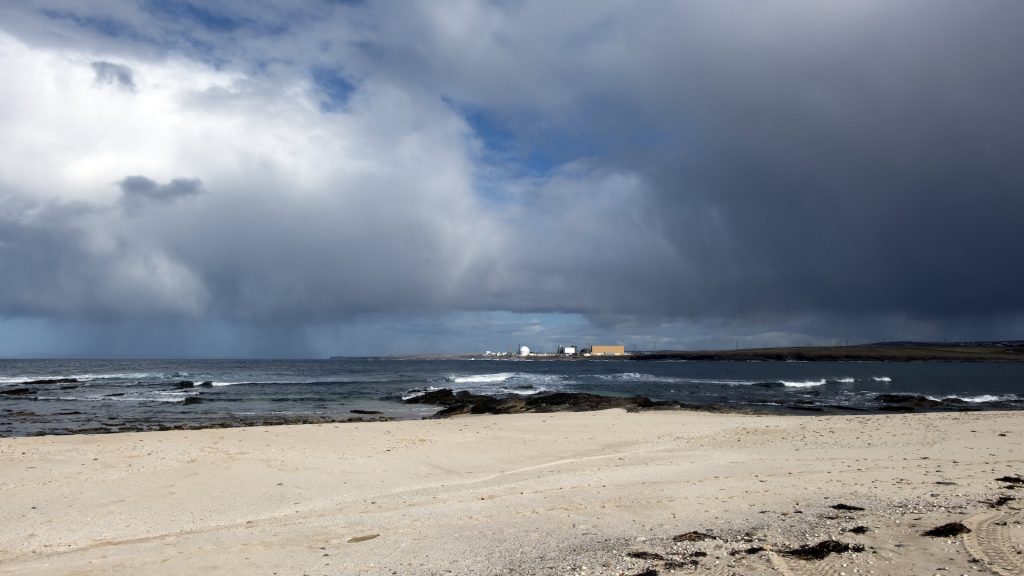
Podcast: Play in new window | Download (Duration: 59:00 — 138.8MB)
Subscribe: RSS
patreon campaign progress report:
123 patrons (no change)
68% towards our goal (up from 67%)
want to help? https://www.patreon.com/frameworkradio
this is it folks, our last edition before our summer break – we’ll be back with edition #942 on september 14th. in the meantime, tide yourself over by perusing the extensive framework archives, or by checking out our framework:seasonal compilations series over on bandcamp. i’m sure you’ll find plenty to keep your ears going while we rechange ours…
so this edition of framework:afield, entitled mean sea level, has been produced in the uk by julian weaver. for more of his work see https://julianweaver.net. producer’s notes:
Combining field recordings with live and found sounds, scientific experiment and more, Mean Sea Level elaborates on literal, imaginary, and complex foreshores emerging around the mainland of the UK.
The foreshore is the part of land by the sea that lies between high and low tide. In English law, the majority is owned by the Crown; that abstract concept of royal authority that represents the institution of the monarchy, its powers and functions.
Like the majority of the country, there is no universal public right of access, but a general permissive consent. Unlike the majority of the country, publics are permitted to sleep on the foreshore if they are in possession of fishing or bait digging equipment, a canoe or other sea-going vessel. Freedom to sleep and wild camp in Scotland was restored as a right in 2003 under the Land Reform Act.
Listening Notes
We begin in Sussex, where I live, at low tide in the rockpools, followed by high tide on crumbling concrete steps during a blue moon. We divert to a nearby ferry port at Newhaven then onto one of the ferries.
Chalk falls into the sea are frequent in this area and a short recording of air being squeezed from a large piece of chalk dropped into water is followed by a reconstruction of Minnaert’s 1933 bubble acoustics experiment where the rate of bubble creation affects their frequency.
Moving east into Kent, we board a sailing barge in Sheppey before encountering a group who hope to accelerate biological processes easing their return to sea-living after inundation. One of their number is a former engineer who worked on the Channel Tunnel and is also the lyricist of their song. A second engineer outlines a future for Sheppey as a solution for renewable energy storage combined with automated restoration of its sea defenses by means of the unused excess.
Aggregates rattling along a stone river bed carry us to the east coast of Scotland where crows roost by the beach at Rosemarkie, then onto Sandside beach near the decrepit nuclear power station at Dounreay. No collecting shells here… although the PR agent of the company responsible for its decommissioning, will assure us that it’s ok.
Moving to the island of Anglesey in Wales, we encounter an introduction to its nuclear power station at Wylfa and a second experiment in bubble acoustics.
Finally, we follow the seawater deep inland, where its hydrogen isotopes are separated to extract deuterium, one of the test fuels for experimental nuclear fusion, and hear it consumed by the Joint European Torus at the Culham Centre for Fusion Energy, near Oxford.